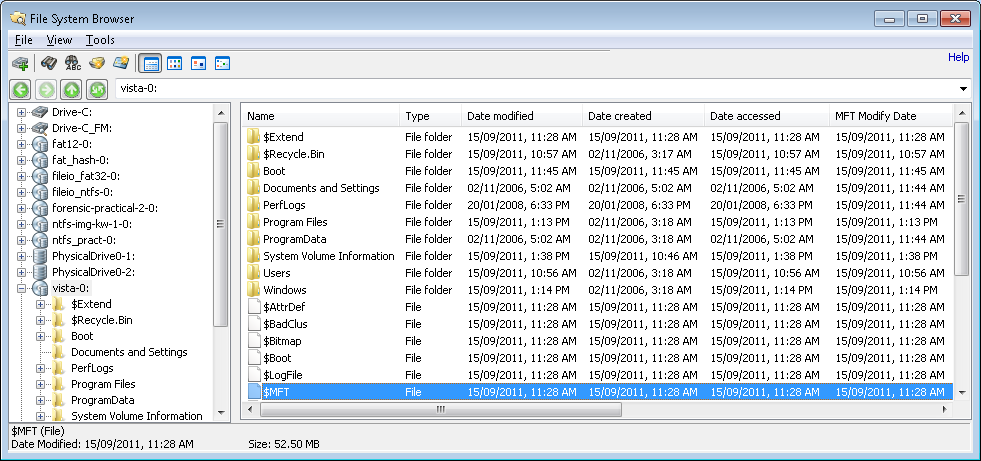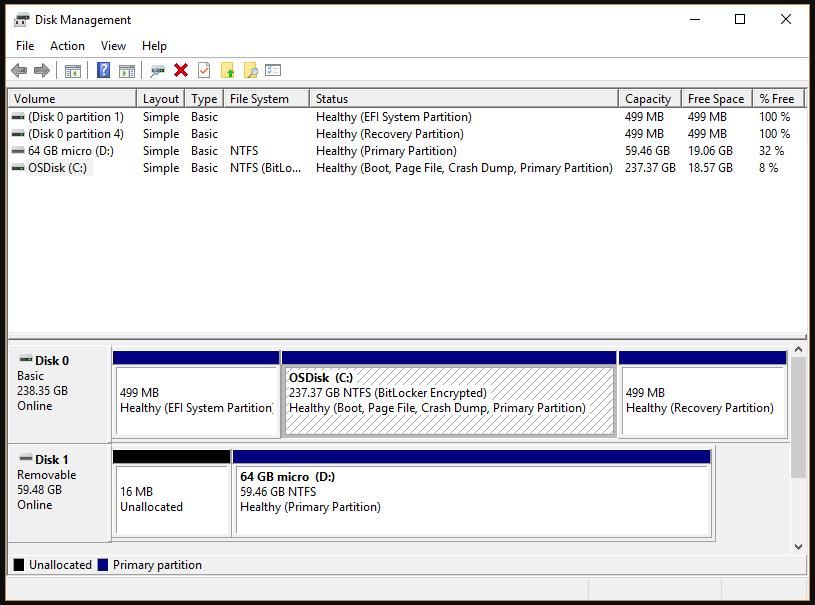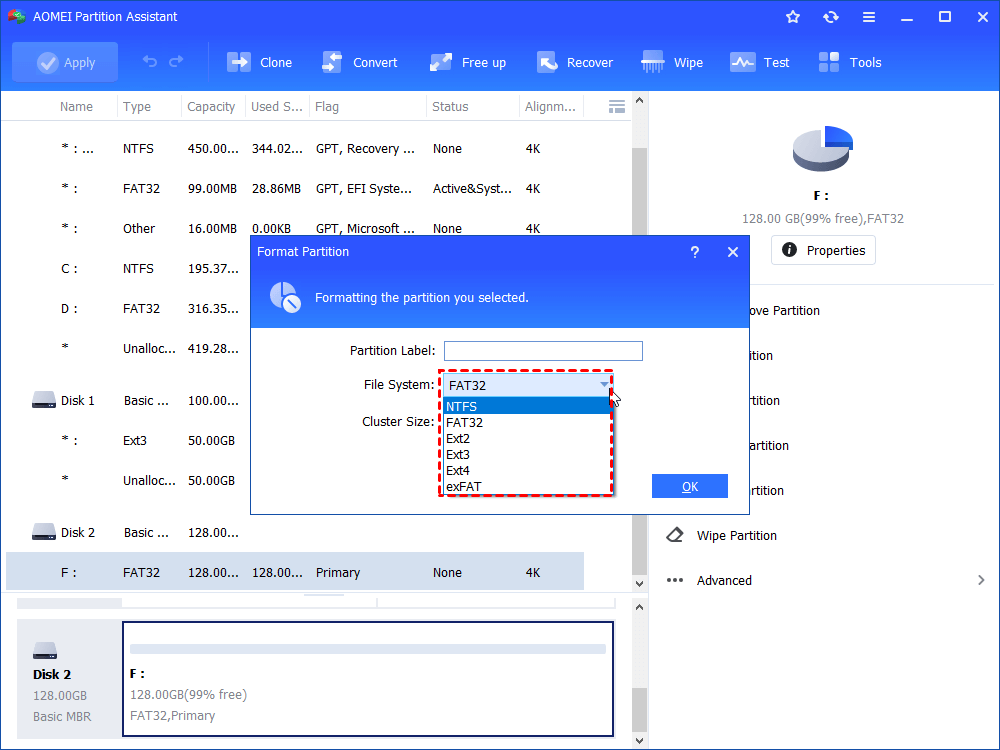

Until this morning when I really need more space, I started to find out more what is actually happening. Initially, I have no idea why I left with only 25 GB free space after I activate the file history. I plan to use it as a file history backup of my Windows 10. One quick note for Mac users: we wanted to give a nod to HFS+ in our run-down of file systems, even though it isn't compared in our tests.Last month I bought new external SSD drive of 512 GB. Although Microsoft has a patent on exFAT that could hinder adoption on other systems in the long run, we decided that it’s time for a little shootout between NTFS, exFAT, and the older FAT32, which is still popular because of its cross-system compatibility. It was originally designed by Microsoft as an extension (it stands for "Extended File Allocation Table) of FAT32 for flash-memory devices, but it has also been supported by Mac OS since Snow Leopard 10.6.5. One of the newest entrants onto the scene is exFAT. Ext3 and ext4 dominate the Linux segment. FAT32 and NTFS are probably the most popular file systems in the Windows world, but there are numerous other file systems in the wild. There is a plethora of different file systems, but only a few are actually relevant for Windows users with flash-based storage devices. With all of that said, a file system’s features and capabilities should match the device it is being used on, as well as the desired application purpose (journaling and versioning might be useful in different situations where data integrity is stressed). It has to manage storage capacity, data placement, directories and file names, metadata, data integrity, and access permissions. The file system is very much the operating system's bookkeeper, and it may interact with or be part of other protocols like NFS or SMB to support network access to mounted file systems.


We're glad you asked! File systems take care of organizing files by providing the means to store, retrieve, and modify data on a given physical device, such as a hard drive, array of flash memory, or optical disc.


 0 kommentar(er)
0 kommentar(er)
